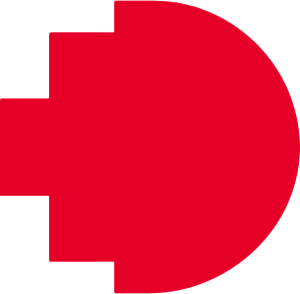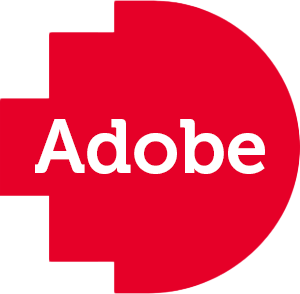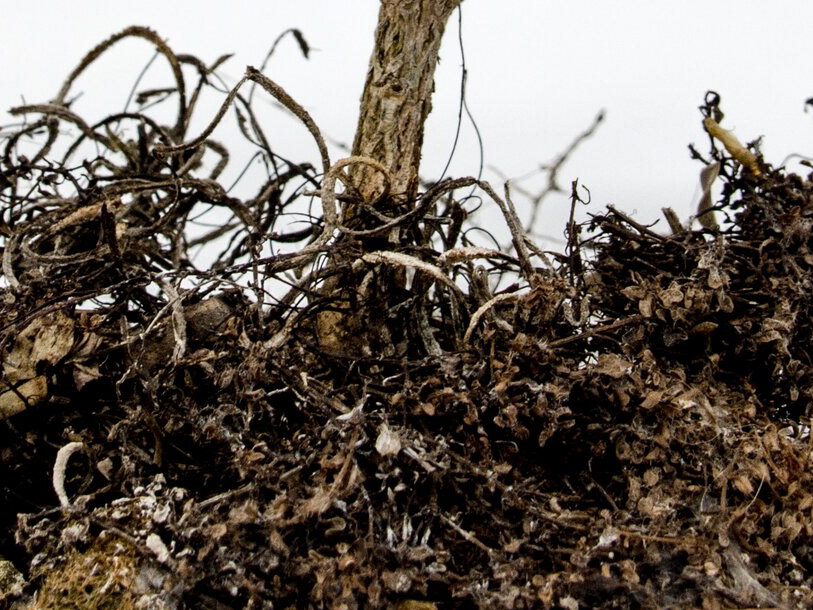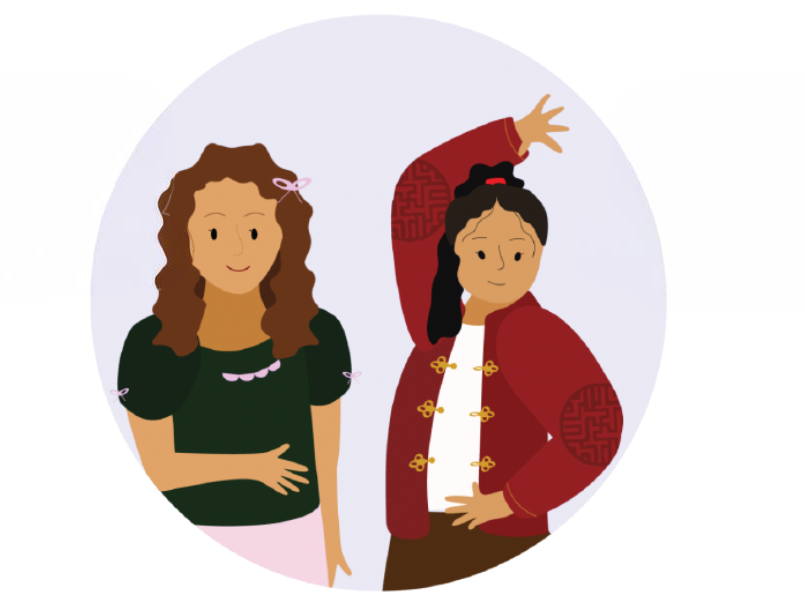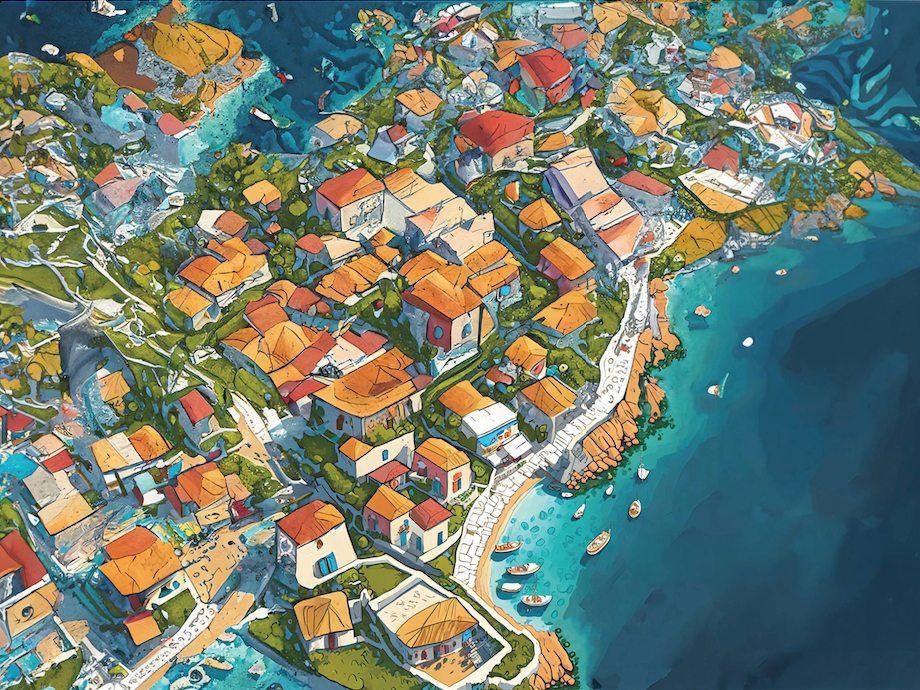Photography & Visual Art
Immersive Environmental Learning with Augmented Reality
Combining digital innovation with environmental fieldwork
Rebecca Najdowski
Senior Lecturer, Photographic practice, School of Art
Senior Lecturer, Photographic practice, School of Art
Fiona Hilary
Senior Lecturer, Art in Public Spaces, School of Art
Senior Lecturer, Art in Public Spaces, School of Art
This pilot project integrated augmented reality (AR) technology into a master's level art course focusing on posthumanism and climate crisis.
Resources
> Teacher resource
> Workshop & Assessment item
> Student instructions / resource
> Criteria sheet / marking rubric
Download resources coming soon
Problem Statement
While emerging digital technologies like augmented reality (AR) are used by students on a daily basis in their personal lives, often in the form of games and filter apps, current art program curriculum and pedagogies have integrated these tools into the curriculum to a very limited extent and are absent from courses and modules that address the environment and climate challenges. Traditional classroom-based methods often lack the immersive experiences and interdisciplinary integration needed to tackle complex climate issues. This gap, combined with limited digital literacy among students and educators, hinders the development of innovative solutions and preparation for modern creative industries. A new pedagogical approach is needed that combines digital capabilities with cross-disciplinary learning and hands-on experiences.
Project Overview
This pilot project integrated augmented reality (AR) technology into a master's level art course focusing on posthumanism and climate crisis. Students explored the site of Agnes Denes' "A Forest for Australia" using Adobe Aero, combining digital innovation with environmental fieldwork. The project featured a structured program of artist talks, technical workshops, and two site visits, allowing students to develop both conceptual understanding and practical skills in AR technology.
Emergent Outcomes
Our project yielded fascinating insights into how art students engage with new technologies. While students initially approached Adobe Aero with hesitation, particularly expressing concerns about AI's impact on creative practice, their engagement evolved in unexpected and promising ways throughout the semester.
As the course progressed, students began to use Aero in ways we hadn't anticipated. Rather than focusing on final presentations, many students embraced it as a fieldwork tool. For example, using it to create detailed miniature recreations of Agnes Denes' Forest site. This practical application proved particularly valuable given the site's restricted access, allowing students to work with the location even when they couldn't physically visit.
The uptake of AR technology varied interestingly across disciplines. Photography students, already comfortable with digital tools, became the most active users of Aero. Arts Management students also showed keen interest, particularly in exploring its potential for virtual exhibition planning. Perhaps most encouragingly, students began to expand beyond our planned curriculum, independently discovering and incorporating open-access 3D scanning programs to create assets for their Aero projects
Digital Capability Building
The project built digital literacy through three key approaches. First, we provided structured technical learning through hands-on workshops with Adobe Aero and artist demonstrations. Second, we encouraged critical engagement through discussions about technology's role in contemporary art and environmental practice. Finally, we supported practical application through site-specific project development and testing of AR applications.
Key Learnings
What emerged most clearly from this pilot was the importance of maintaining flexibility in how students engage with new technologies, while providing clear frameworks for critical thinking about their use. When given space to experiment, students found innovative ways to incorporate digital tools into their existing practice, often exceeding our initial expectations.
We believe this course would work particularly well as an intensive, allowing for more concentrated periods of site work and technical exploration. This format could help bridge the gap between technical instruction and practical application while maintaining the flexibility that proved so successful in our pilot.
Looking ahead, we see opportunities to tailor technical support based on students' backgrounds, develop better resources for virtual site documentation, and create more structured opportunities for peer learning. The challenge of restricted site access has also prompted us to think more creatively about how we can support remote and virtual engagement with environmental art installations.
Student Impact Data
The data shows a development in students' digital fluency throughout the semester from the limited respondents we were able to survey after the completion of the semester. Initially, most students had limited digital literacy, with 20 out of 21 students having no prior experience with Adobe Aero. By semester's end, progress in digital fluency levels showed improvement. Despite varying confidence levels, all students recognised the importance of digital literacy for their future careers, with the group split almost evenly between rating it as "Very Important" (10) or "Moderately Important" (11). This suggests that while students may still be developing their technical skills, they understand the value of digital literacy in their professional development.
